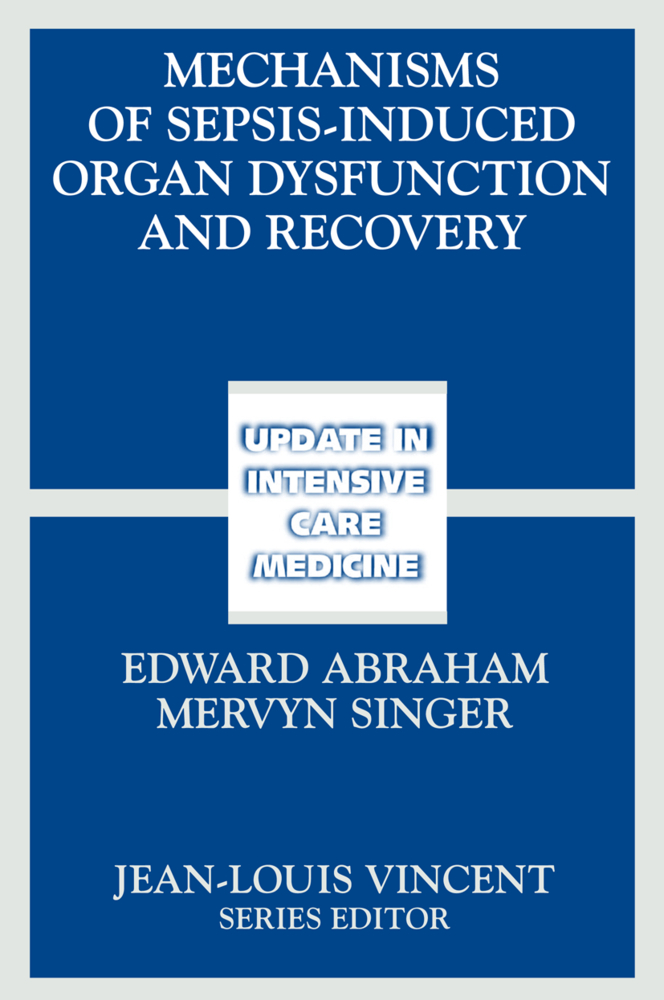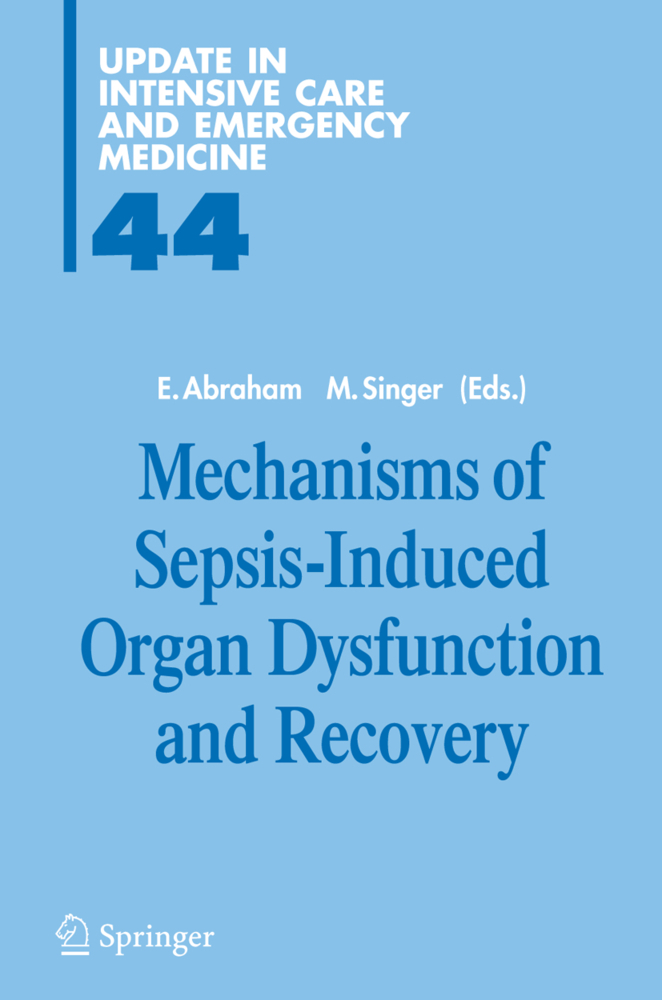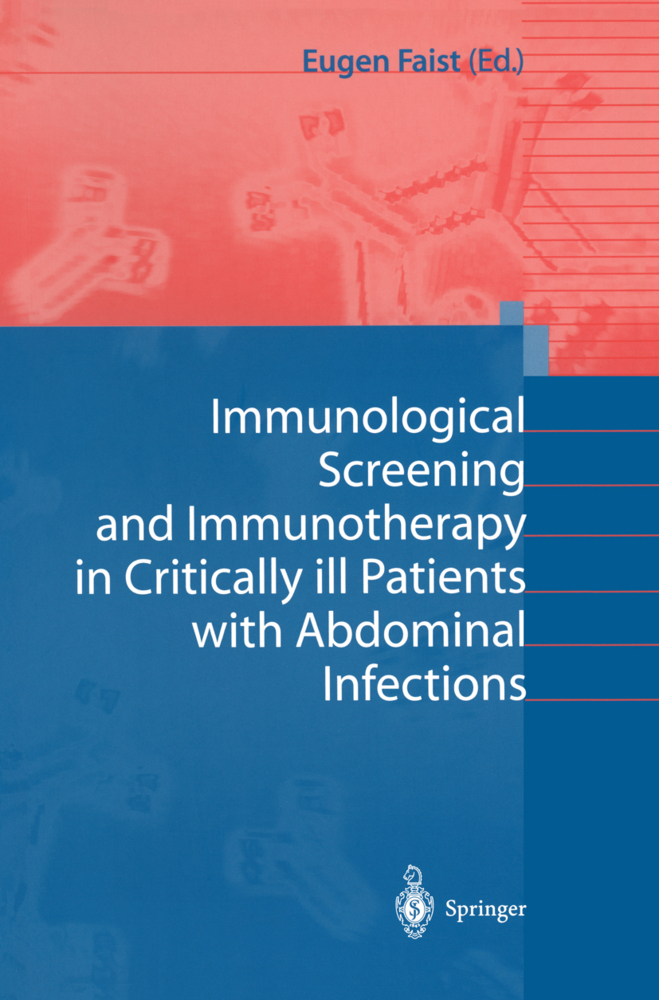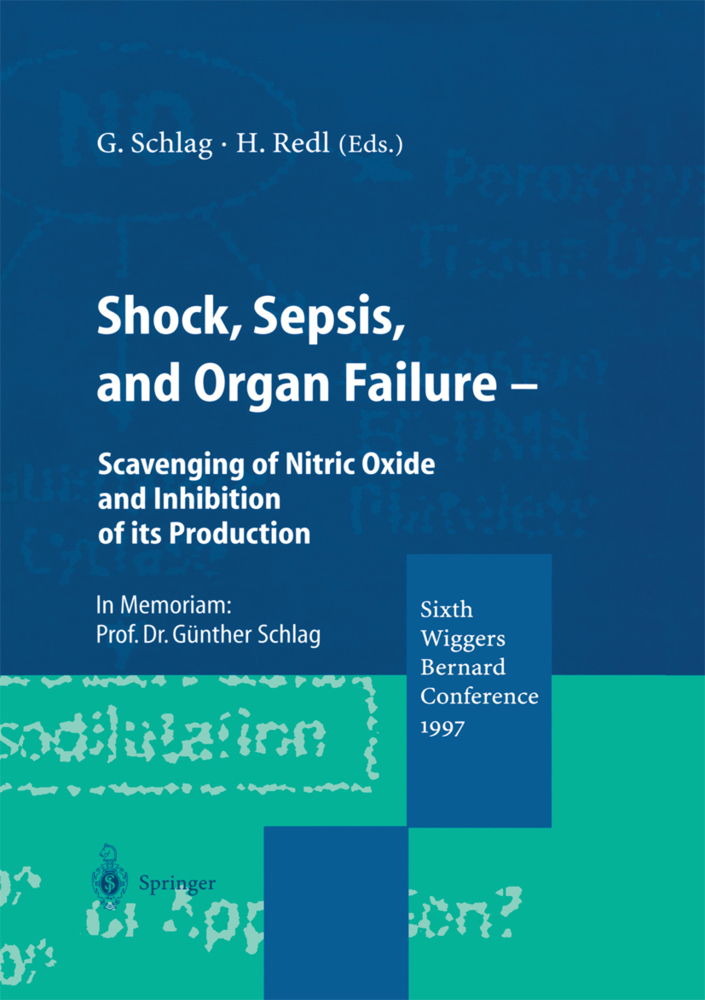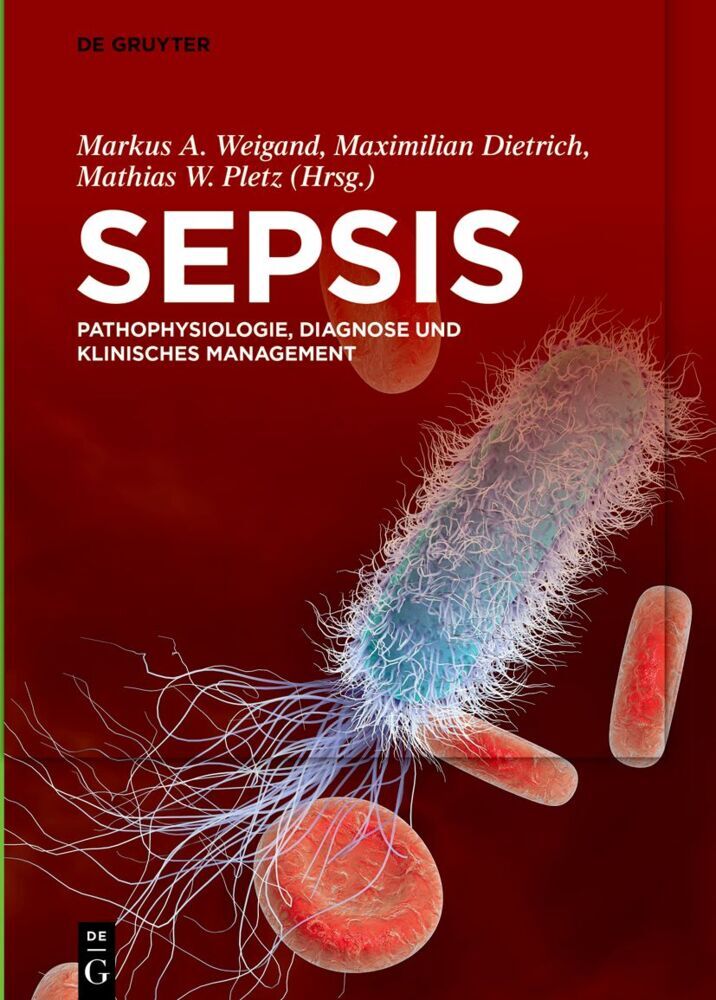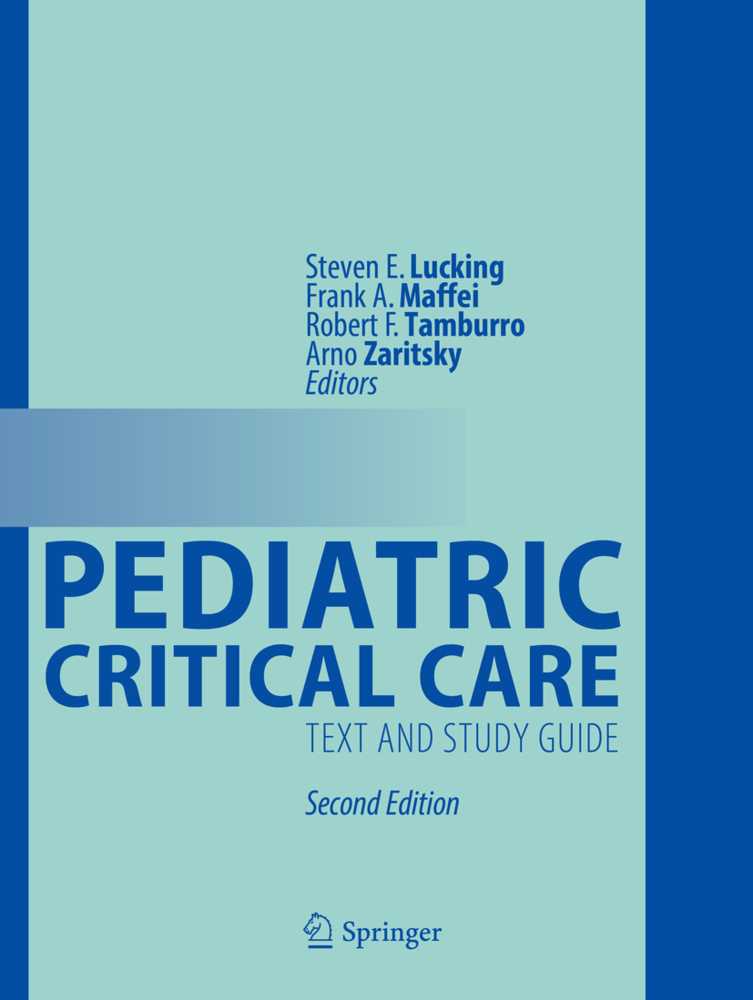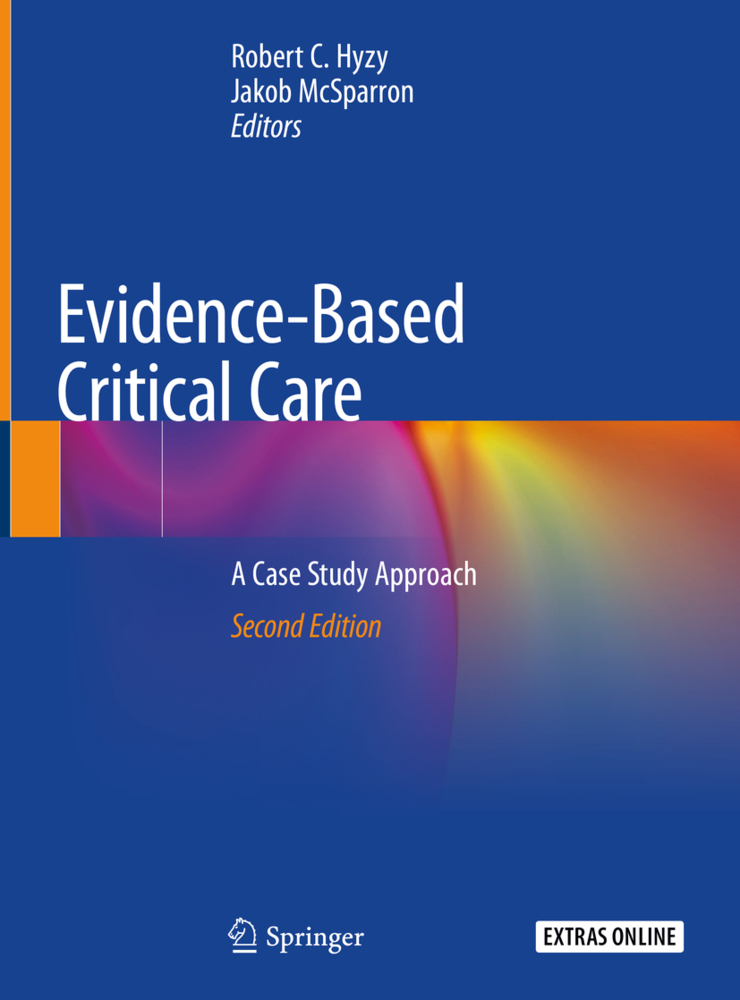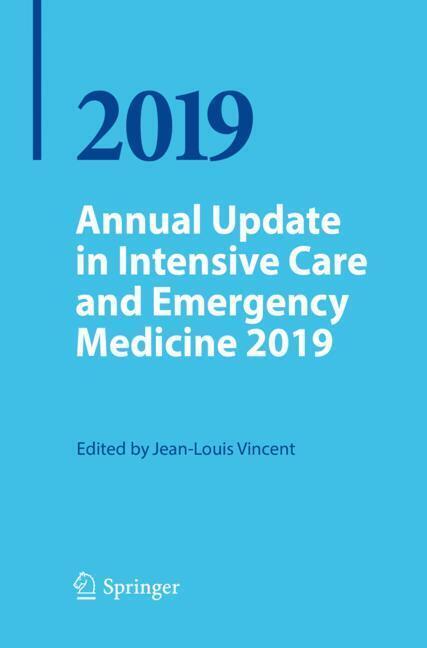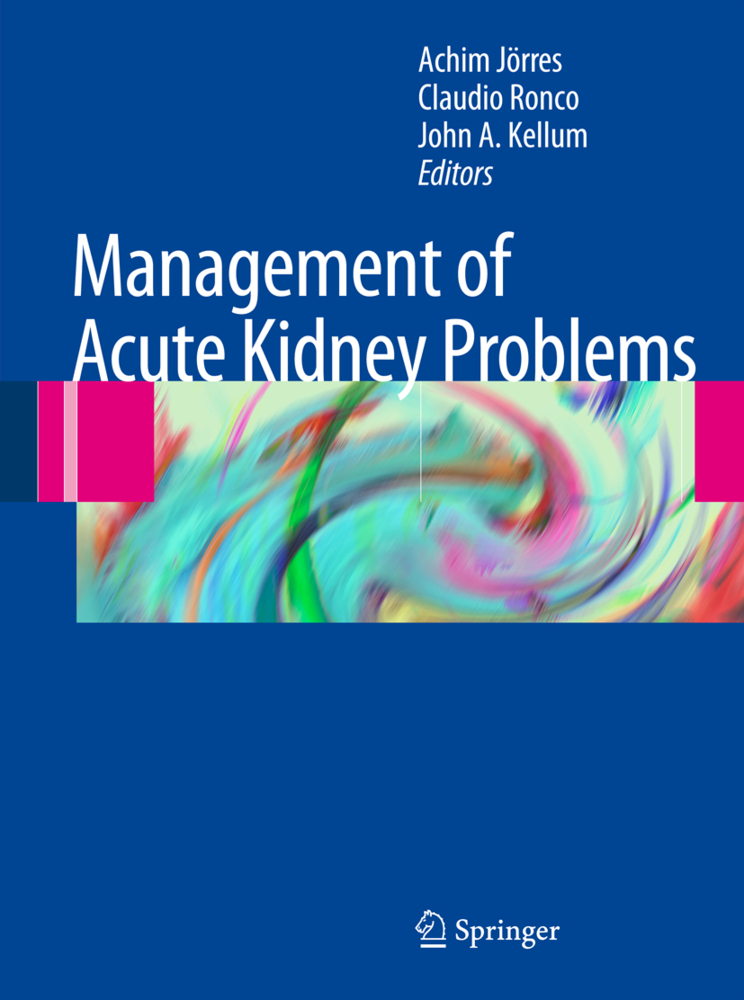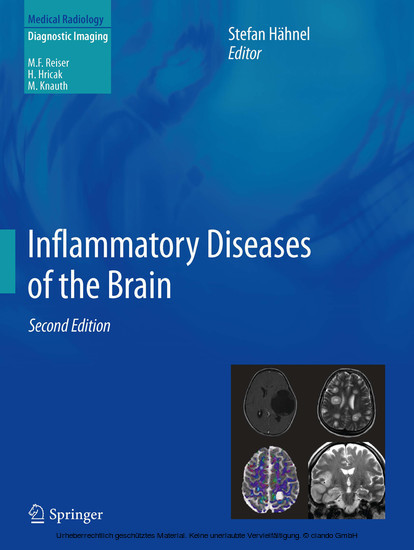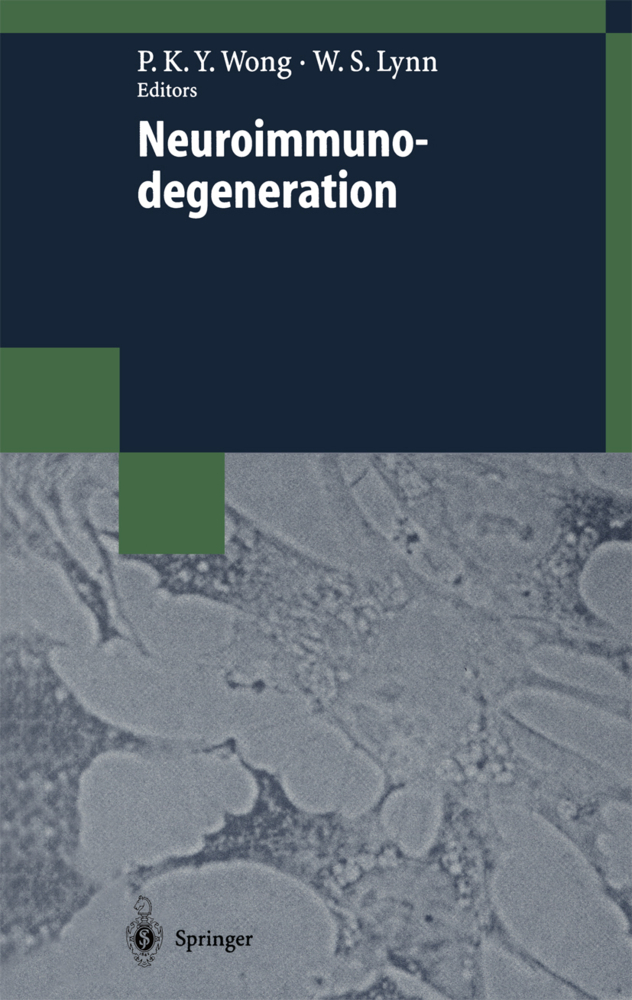Mechanisms of Sepsis-Induced Organ Dysfunction and Recovery
Mechanisms of Sepsis-Induced Organ Dysfunction and Recovery
There have been tremendous advances in understanding the cellular mechanisms involved in sepsis and contributing to the development of multiple organ dysfunction and mortality in this setting. The chapters in this book provide up-to-date insights into important pathways that are initiated by sepsis.
The Inflammatory Response
Genetics and Severe Sepsis
Cell Signaling Pathways of the Innate Immune System During Acute Inflammation
Early-Onset Pro-inflammatory Cytokines
The Significance of HMGB1, a Late-Acting Pro-inflammatory Cytokine
Nitric Oxide
Involvement of Reactive Oxygen and Nitrogen Species in the Pathogenesis of Acute Lung Injury
Heat Shock Proteins in Inflammation
Fibrosis in the Acute Respiratory Distress Syndrome
Resolution of Inflammation
The Cellular Immune Respone
Compartmentalized Activation of Immune Cells During Sepsis and Organ Dysfunction
The Neutrophil in the Pathogenesis of Multiple Organ Dysfunction Syndrome
The Role of the Macrophage
The Role of the Endothelium
Differential Effects of Pro-Inflammatory Mediators on Alveolar Epithelial Barrier Function
Mechanisms and Pathways of Dysfunction
Macrocirculatory Disturbances
The Microcirculation Is a Vulnerable Organ in Sepsis
The Cholinergic Anti-inflammatory Pathway: Connecting the Mind and Body
Coagulation in Sepsis
The Role of Insulin and Blood Glucose Control
Dysfunction of the Bioenergetic Pathway
Metabolic Pathways
Cell Death and Acute Lung Injury
Mechanisms of Immunodepression after Central Nervous System Injury
Organ-specific Mechanisms of Dysfunction
Pulmonary Dysfunction
The Gut
Endogenous Danger Signals in Liver Injury: Role of High Mobility Group Box Protein-1
Sepsis-induced Acute Renal Failure and Recovery
Sepsis-Induced Brain Dysfunction
Myocardial Depression in Sepsis and Septic Shock
Skeletal Muscle.
Setting the Scene
Setting the SceneThe Inflammatory Response
Genetics and Severe Sepsis
Cell Signaling Pathways of the Innate Immune System During Acute Inflammation
Early-Onset Pro-inflammatory Cytokines
The Significance of HMGB1, a Late-Acting Pro-inflammatory Cytokine
Nitric Oxide
Involvement of Reactive Oxygen and Nitrogen Species in the Pathogenesis of Acute Lung Injury
Heat Shock Proteins in Inflammation
Fibrosis in the Acute Respiratory Distress Syndrome
Resolution of Inflammation
The Cellular Immune Respone
Compartmentalized Activation of Immune Cells During Sepsis and Organ Dysfunction
The Neutrophil in the Pathogenesis of Multiple Organ Dysfunction Syndrome
The Role of the Macrophage
The Role of the Endothelium
Differential Effects of Pro-Inflammatory Mediators on Alveolar Epithelial Barrier Function
Mechanisms and Pathways of Dysfunction
Macrocirculatory Disturbances
The Microcirculation Is a Vulnerable Organ in Sepsis
The Cholinergic Anti-inflammatory Pathway: Connecting the Mind and Body
Coagulation in Sepsis
The Role of Insulin and Blood Glucose Control
Dysfunction of the Bioenergetic Pathway
Metabolic Pathways
Cell Death and Acute Lung Injury
Mechanisms of Immunodepression after Central Nervous System Injury
Organ-specific Mechanisms of Dysfunction
Pulmonary Dysfunction
The Gut
Endogenous Danger Signals in Liver Injury: Role of High Mobility Group Box Protein-1
Sepsis-induced Acute Renal Failure and Recovery
Sepsis-Induced Brain Dysfunction
Myocardial Depression in Sepsis and Septic Shock
Skeletal Muscle.
| ISBN | 978-3-540-30158-5 |
|---|---|
| Artikelnummer | 9783540301585 |
| Medientyp | Buch |
| Copyrightjahr | 2007 |
| Verlag | Springer, Berlin |
| Umfang | XV, 453 Seiten |
| Abbildungen | XV, 453 p. |
| Sprache | Englisch |

